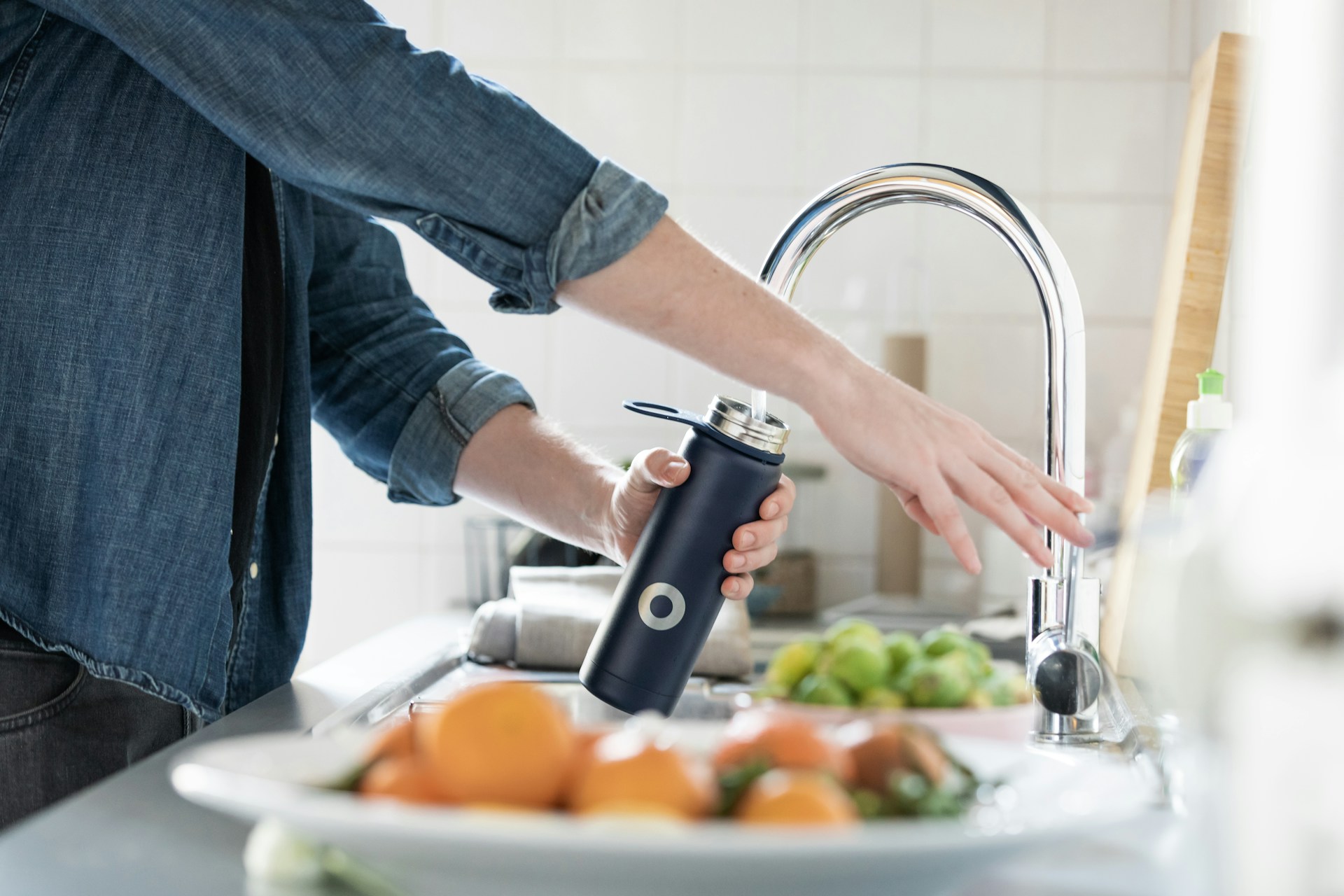5 Emergency Food Storage Mistakes That Are Probably in Your Pantry Right Now

Think your emergency food supply is ready? You might be making these common (and costly) mistakes. Learn how to avoid them and build a food supply that will actually keep your family safe and fed.






